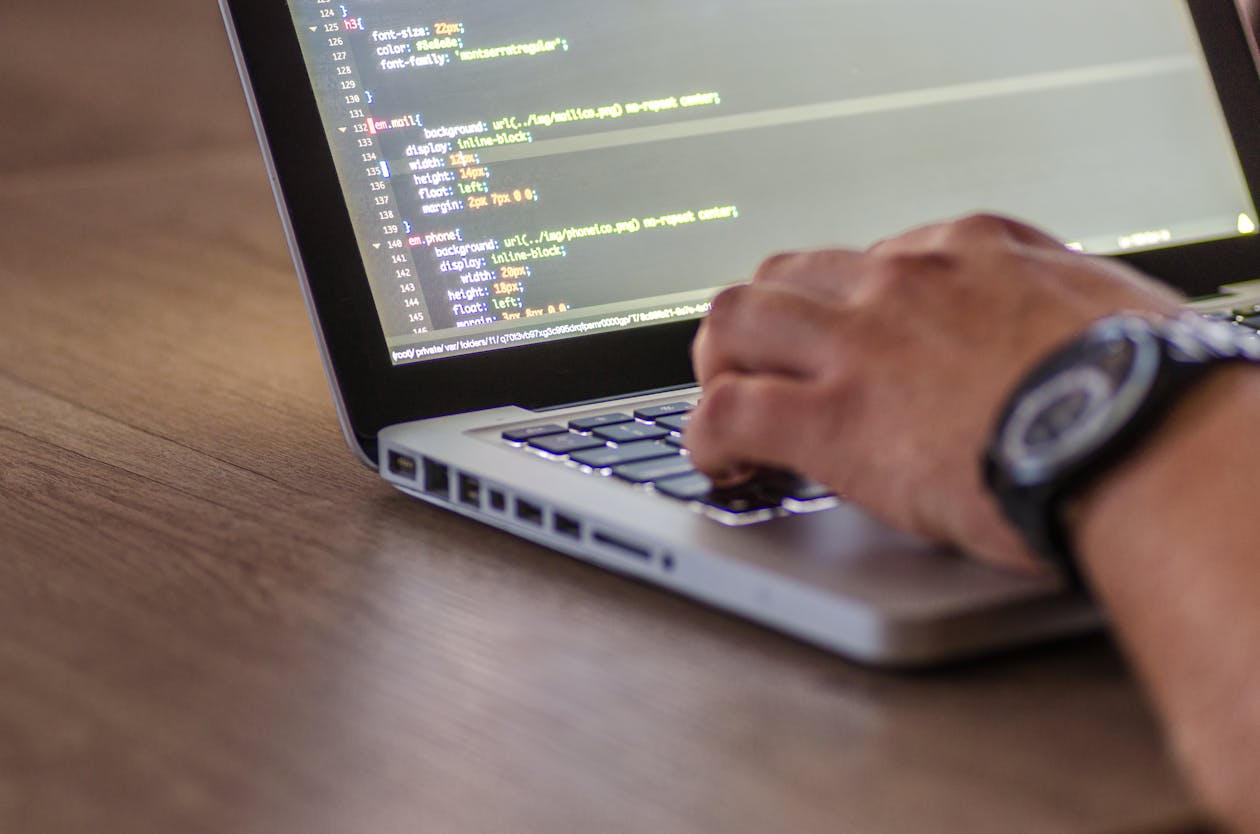
Python is a high-level, interpreted programming language that has gained immense popularity in recent years due to its simplicity, flexibility, and versatility. It is an ideal language for beginners and experts alike, with a wide range of applications in web development, data analysis, artificial intelligence, and more. In this guide, we will demystify Python and provide a comprehensive overview of its basics, applications, and practical uses.
What is Python?
Python is often compared to a Swiss Army knife - it's a versatile tool that can be used for a variety of tasks, from simple scripting to complex software development. Imagine a language that allows you to write a program to automate a repetitive task, analyze data, or build a web application with ease. That's Python!
Key Features of Python
- Easy to learn: Python has a simple syntax and is relatively easy to read and write, making it an excellent language for beginners.
- High-level language: Python abstracts away many low-level details, allowing you to focus on the logic of your program without worrying about memory management or other complexities.
- Interpreted language: Python code is executed line by line, making it easier to write and test code.
- Object-oriented: Python supports object-oriented programming (OOP) concepts, making it easy to write reusable and modular code.
Applications of Python
Python has a wide range of applications across various industries, including:
- Web development: Python is used in web development frameworks like Django, Flask, and Pyramid to build scalable and efficient web applications.
- Data analysis and science: Python is widely used in data analysis, machine learning, and scientific computing, thanks to libraries like NumPy, pandas, and scikit-learn.
- Artificial intelligence and automation: Python is used in AI and automation to build intelligent systems, automate tasks, and perform data analysis.
- Education: Python is often taught in introductory programming courses due to its simplicity and ease of use.
Practical Uses of Python
Python can be used in various practical scenarios, including:
- Automation: Python can be used to automate repetitive tasks, such as data entry, file management, and system administration.
- Data analysis: Python can be used to analyze and visualize data, making it easier to gain insights and make informed decisions.
- Web scraping: Python can be used to extract data from websites and web pages.
- Game development: Python can be used to build games using libraries like Pygame and Panda3D.
Getting Started with Python
To get started with Python, you'll need to:
- Install Python: Download and install the latest version of Python from the official Python website.
- Choose a text editor or IDE: Choose a text editor or Integrated Development Environment (IDE) like PyCharm, Visual Studio Code, or Sublime Text.
- Write your first Python program: Start with a simple "Hello, World!" program to get familiar with Python syntax.
Example Code: Hello, World!
# hello.py
def main():
print("Hello, World!")
if __name__ == "__main__":
main()
Basic Python Concepts
Here are some basic Python concepts to get you started:
- Variables: Variables are used to store values in Python. You can assign a value to a variable using the assignment operator (=).
- Data types: Python has several built-in data types, including integers, floats, strings, lists, and dictionaries.
- Control structures: Python has several control structures, including if-else statements, for loops, and while loops.
Example Code: Variables and Data Types
# variables.py
x = 5 # integer
y = 3.14 # float
name = "John" # string
print(x)
print(y)
print(name)
Practical Applications of Python
Python has many practical applications in real-world scenarios, including:
- Data analysis: Python can be used to analyze and visualize data, making it easier to gain insights and make informed decisions.
- Machine learning: Python can be used to build machine learning models using libraries like scikit-learn and TensorFlow.
Example Code: Data Analysis with Pandas
# data_analysis.py
import pandas as pd
# create a sample dataframe
data = {'Name': ['John', 'Mary', 'David'],
'Age': [25, 31, 42]}
df = pd.DataFrame(data)
# print the dataframe
print(df)
# calculate the mean age
mean_age = df['Age'].mean()
print(mean_age)
Conclusion
Python is a powerful and versatile programming language that has a wide range of applications across various industries. Its simplicity, flexibility, and ease of use make it an ideal language for beginners and experts alike. With this guide, you should have a good understanding of the basics of Python and be able to start exploring its many practical applications.
Resources
Here are some resources to help you learn more about Python:
- Official Python documentation: The official Python documentation is a comprehensive resource that covers everything you need to know about Python.
- Python tutorials: There are many online tutorials and courses that can help you learn Python, including Codecademy, Coursera, and edX.
- Python communities: Join online communities like Reddit's r/learnpython, r/Python, and Stack Overflow to connect with other Python developers and get help with any questions you may have.
By following this guide and practicing with real-world examples, you'll be well on your way to mastering the basics of Python and unlocking its many practical applications. Happy coding!